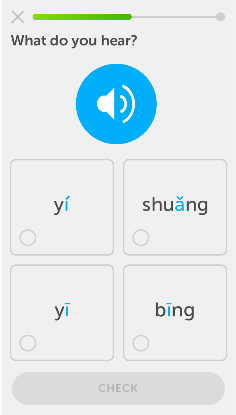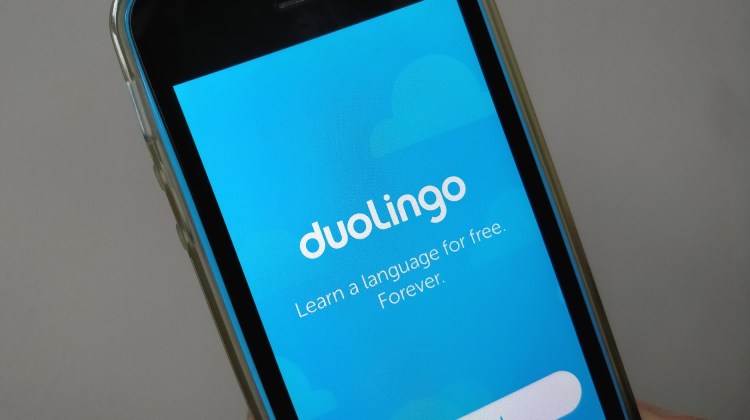Online language learning platform Duolingo is finally introducing a course to help English speakers learn Chinese.
The launch comes some six months after Duolingo introduced a Japanese course, which, along with Chinese, was among the company’s most requested language courses. Duolingo also recently released a Korean course in beta.
Founded in 2011, Duolingo is a popular language-learning service that uses gamification techniques to help people to learn to read, listen, and speak in more than 20 languages. The company has raised north of $100 million in funding since its inception, and it now counts more than 200 million users.
Chinese is considered to be among the hardest tongues for English speakers to learn, as a tonal language that uses pitch changes to convey different meanings from words. This goes some way toward explaining why Duolingo has taken so long to launch in Chinese.
June 5th: The AI Audit in NYC
Join us next week in NYC to engage with top executive leaders, delving into strategies for auditing AI models to ensure fairness, optimal performance, and ethical compliance across diverse organizations. Secure your attendance for this exclusive invite-only event.
Masato Hagiwara, research scientist and software engineer at Duolingo, said:
To illustrate how tones can make all the difference, take shi: with a high, flat tone, shi means “lion”; shi with a rising tone is “stone”; shi with a low tone is “history”; and shi with a falling tone is “to be” — all vastly different meanings. In fact, there are so many words with the same sequence of sounds but different tones in Chinese that you can write an entire poem about a poet who tried to eat stone lions only using a single syllable — shi — with different tones.
Given how pivotal tones are in mastering Chinese, Hagiwara said that the company has developed a “completely new type of exercise” dedicated to learning tones early in the learning process. “The course will gradually teach you how to distinguish difficult sound differences,” he added.

Above: Tones
It’s worth noting here that completing Duolingo’s Modern Standard Mandarin Chinese course won’t make you a native speaker — that requires years of dedication, immersion, and thousands of hours of study. Instead, the course focuses on 1,000 words and around 1,000 characters covering “all vocabulary and grammar points necessary” to pass up to and including level 3 of the official HSK Chinese proficiency test, and around half of the content of level 4.
“This is enough to bring you up to an upper beginner level,” added Hagiwara.

Above: Characters and sounds
In terms of what you’ll learn, it’s the usual kinds of things you may need to travel in China, such as introducing yourself, and things relevant to your everyday life, such as work, weather, and feelings. Key themes include food and travel, rather than grammatical theory and concepts. “You’ll learn a practical mix of vocabulary and grammar as you complete these thematic lessons,” noted Hagiwara.
Chinese represents the 29th language course available for English speakers on Duolingo, and a bunch of others are currently in development, including Arabic, Hindi, Yiddish, and — somewhat bizarrely — Star Trek’s Klingon. The Game of Thrones’ High Valyrian vernacular already launched on Duolingo earlier this year too.
Chinese will follow a similar freemium model to other courses on the platform. It’s basically free, but Duolingo will show ads and charge for additional features. There’s also a Duolingo Plus subscription, which launched earlier this year, that costs $10 per month for no ads and offline access.

